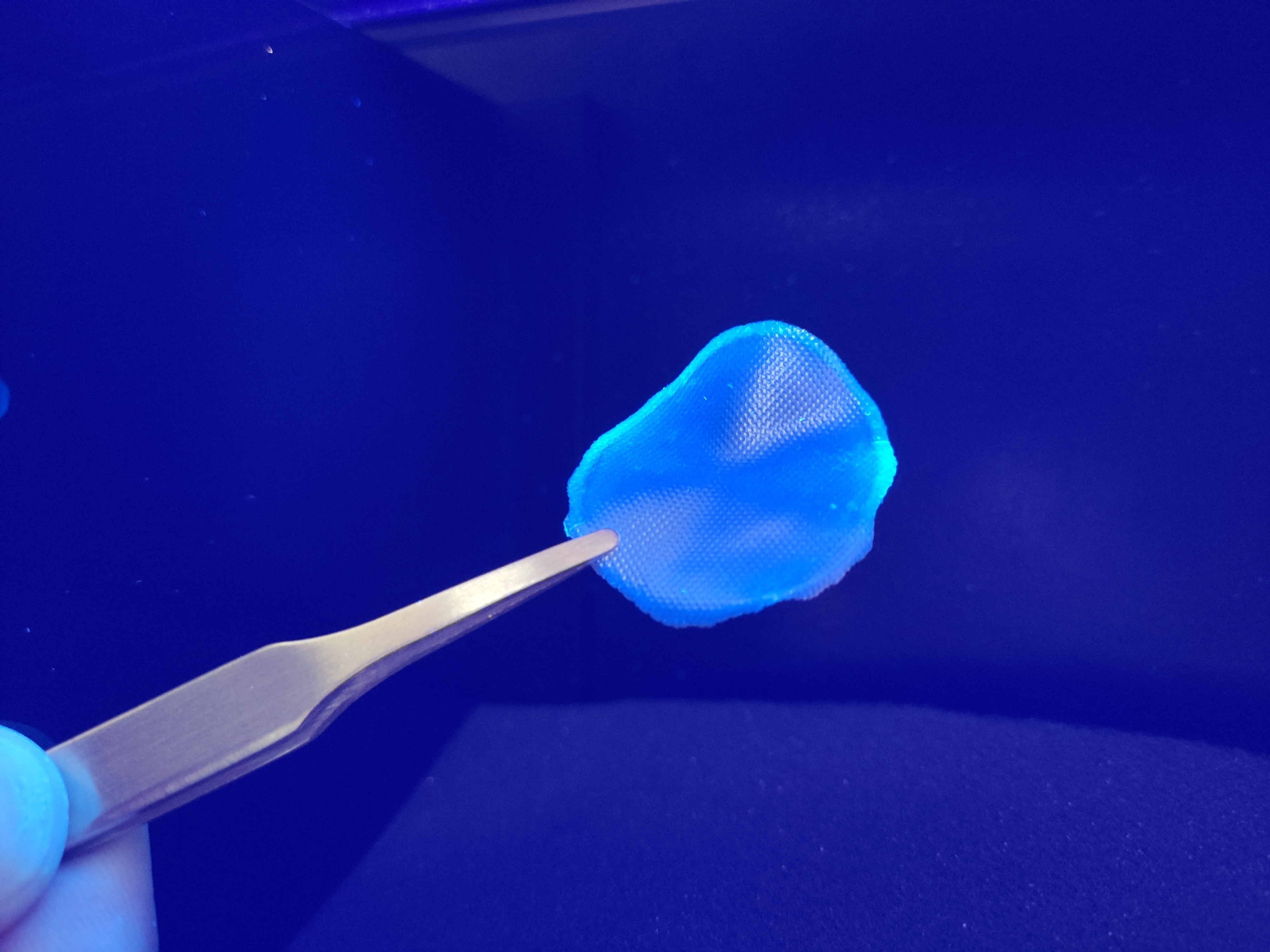AMYLION
Bio-based ion exchange membrane for energy and electrochemical applications


Benefits
- Biobased
- Green chemistry
- PFAS-free
- Low cost
Key words
- Membrane
- Gas wetting
- Waterproof
- Water vapour permeable
- Gas barrier
Intellectual Property
- 3 patents
Partnerships & Rewards
- 2025 French Deeptech PhD Competition Winner
Laboratories
- DCM
- LCBM
Institutions
- CEA
- CNRS
- GRENOBLE INP-UGA
- UGA
Linksium Continuum
- Maturation
- Incubation
Context
The growing demand for clean energy implies a strong challenge on decarbonised energy sources among which hydrogen is showing strong growth. The Amylion project proposes a component compatible with environmental goals of green energy and electrochemistry.
Technology
Amylion offers a biosourced, functionalized membrane based on proteins derived from whey. Produced using green chemistry processes, the recyclable and biodegradable membranes are capable of humidifying or drying gases. With a thickness of between 20 and 200µm, the chemically stable membranes can withstand temperatures of up to 95°C. Waterproof and gas-barrier, they are permeable to water vapour and have a higher dynamic vapour transmission rate than the petro-sourced materials used to date.
Advantages
• Abundant bio-sourced and biodegradable material
• Valorisation of a co-product
• Low cost (<10% of the cost of comparable petro-sourced products)
• Green chemistry manufacturing
• Very good performance at low temperature and low humidity
State of progress
A 30x30 cm (TRL 4) demonstrator of the membrane was developed and tested in the laboratory. Its main characteristics were validated: its chemical, thermal and mechanical stability, as well as its durability over time (10h of continuous operation). The functionality of gas humidification was demonstrated in a planar PMMA device, integrated into the hydrogen production chain, upstream of a PEM fuel cell.
Applications
- Hydrogen production: fuel cell and electrolyser
- Climatic chambers
- Artificial respiration
- Processes in the agri-food industry

